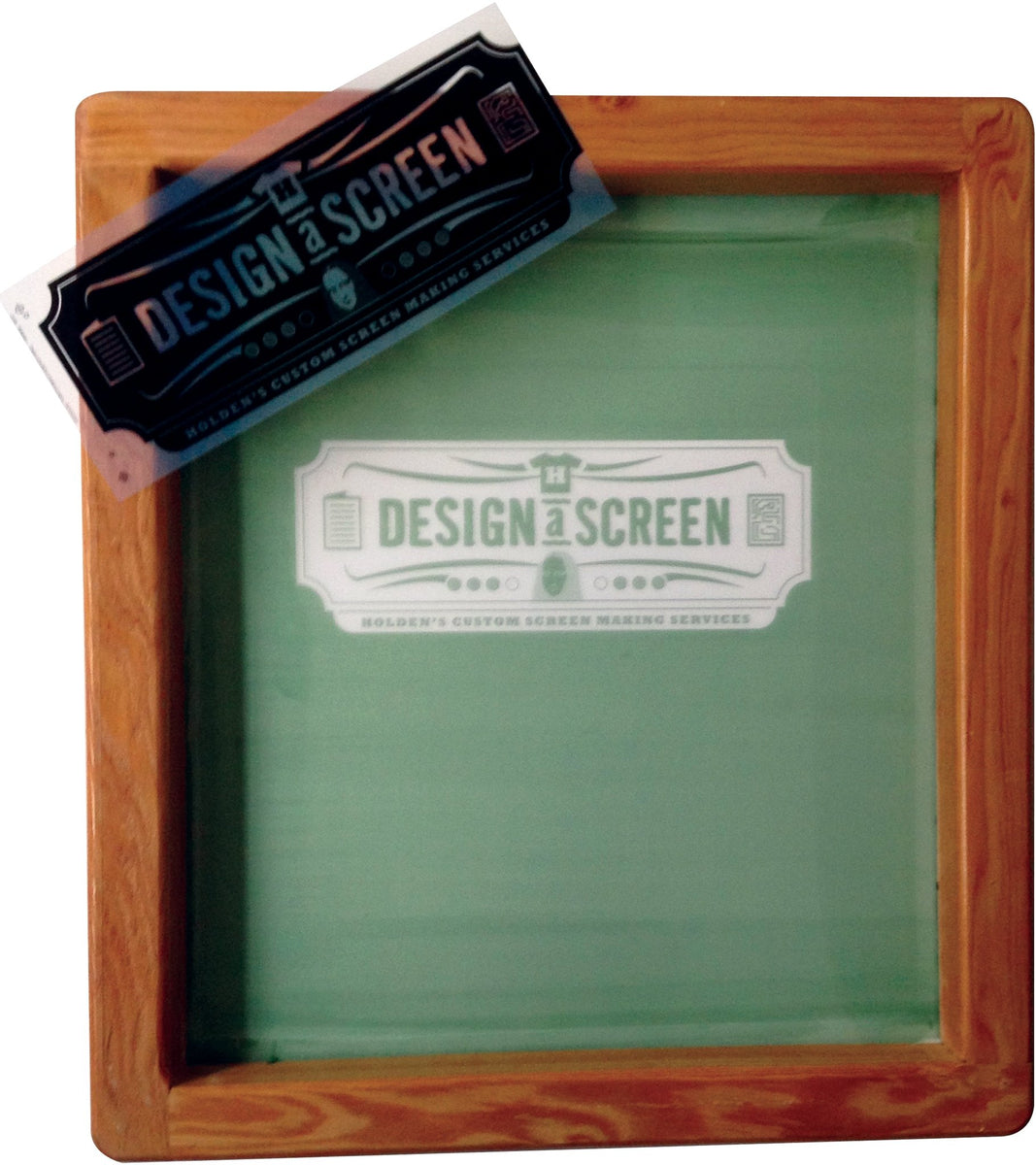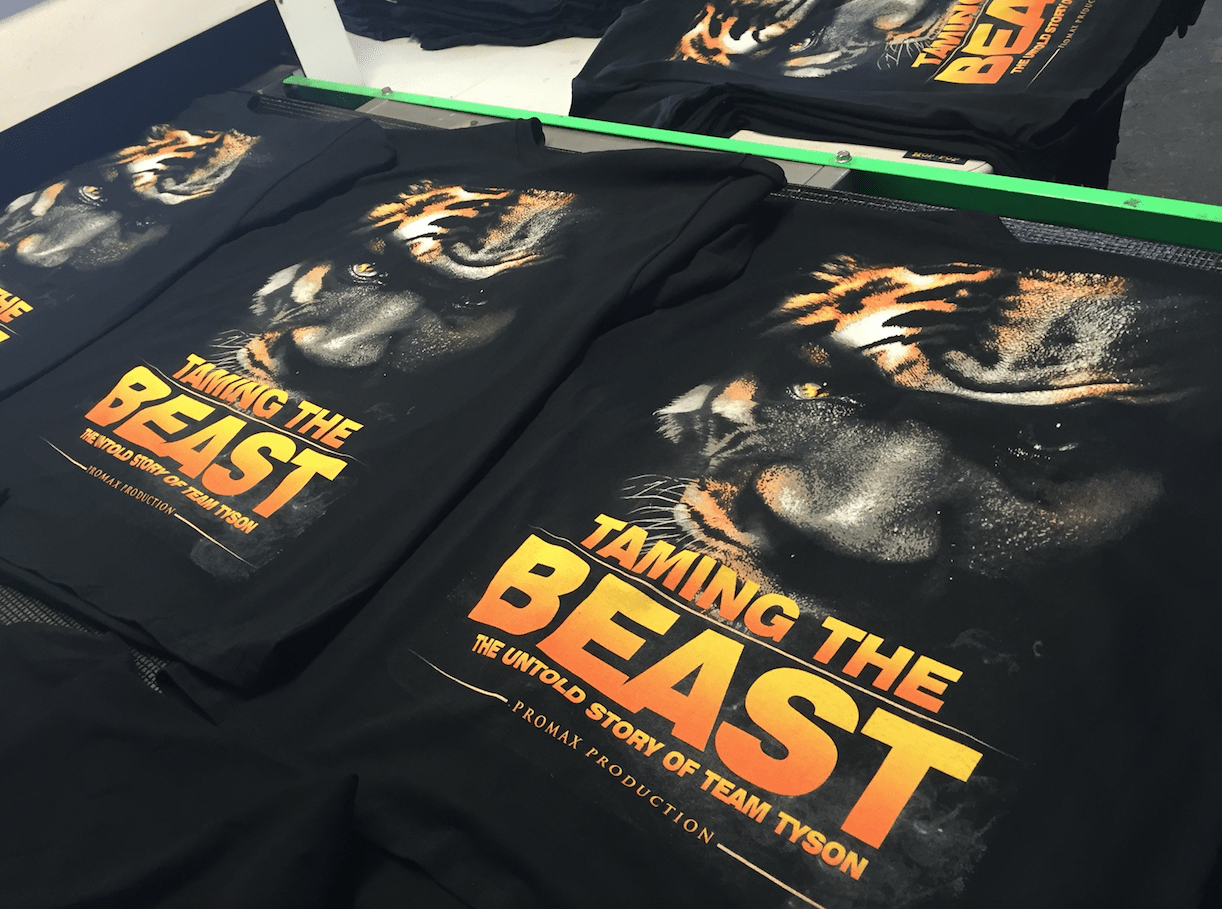Durable T-Shirt Printing for Everyday Wear
Durable T-Shirt Printing for Everyday Wear
Blog Article
Screen Printing Uncovered: Whatever You Need to Find Out About Tee and Garment Printing Techniques
If you've ever questioned just how those vivid styles finish up on your favored tees, you're in the appropriate place. Display printing is a fascinating approach that incorporates art with method, providing limitless opportunities for imagination. Comprehending the fundamentals, from equipment to ink choices, can considerably affect your results. Prepared to explore the vital aspects that make display publishing an art kind? Allow's discover the information that can boost your jobs.
The Basics of Screen Printing: How It Works
When you dive right into screen printing, you'll find it's both an art and a science. At its core, display printing includes producing a stencil, or display, that enables ink to go through only in specific locations (screen printing kit). You start by picking your design and preparing your display with a light-sensitive emulsion. Once you expose this emulsion to light, it solidifies, leaving your design as an adverse area.
Placement the display over the material, then utilize a squeegee to press ink via the display onto the garment. Each step is vital, and understanding them will raise your screen printing skills, transforming straightforward garments into unique, expressive items.
Sorts Of Display Printing Strategies
Once you comprehend the essentials of display printing, it's time to explore the numerous strategies that can elevate your designs. One prominent method is conventional display printing, where ink is pressed via a stenciled screen. This method is wonderful for bold, lively colors. Then there's water-based ink printing, which uses a softer feeling and is environmentally friendly, yet it requires a different method to curing.
Another alternative is plastisol printing, known for its resilience and vivid colors, making it a preferred for many brand names. Experiment with halftone printing to create gradient results and elaborate designs.
Crucial Tools for Display Printing
To attain stunning results in screen printing, having the appropriate equipment is fundamental. You'll need a durable display printing structure, which holds the mesh that moves your design onto the garment. Next off, invest in high-grade mops; these are essential for applying ink equally across the screen.
Choosing the Right Inks and Products
When choosing inks and materials for display printing, you require to take right into account the type of ink that works best for your task. Think regarding material compatibility to ensure your designs look terrific and last long. Likewise, check out environmentally friendly ink choices to make your printing process extra sustainable.
Kinds Of Display Inks
Selecting the appropriate screen ink is essential for achieving vivid, durable prints that meet your project's demands. There are a number of sorts of screen inks to examine. Plastisol ink is preferred for its adaptability and convenience of usage, offering excellent shade opacity on dark materials. Water-based ink, on the various other hand, provides a softer feeling and is green, making it suitable for those aiming to decrease their environmental influence. Discharge inks remove dye from the textile, leading to a soft, classic look but require particular handling. Finally, specialty inks, such as metal or glow-in-the-dark, can add distinct impacts to your layouts. Assess your project demands and pick the ink that lines up ideal with your desired result.

Material Compatibility Considerations
Understanding fabric compatibility is essential for accomplishing top quality display prints, specifically considering that different products react distinctively to different inks. Always examine your inks on sample textile to guarantee they adhere properly and preserve shade integrity. Additionally, maintain in mind that fabric weight and structure can affect the final result, so selecting the ideal ink and product combo is crucial for your task's success.
Eco-Friendly Ink Options
Eco-friendly inks are ending up being a preferred choice for screen printers that intend to reduce their ecological effect while keeping top quality. When picking inks, consider water-based inks, which are less harmful and simpler to tidy up compared to traditional solvents. These inks bond well with materials, supplying lively outcomes without harmful chemicals. You may additionally discover eco-solvent inks that use less unstable natural compounds (VOCs), making them a more secure alternative for both your health and the planet.
In addition, look for inks made from sustainable resources, such as soy or vegetable-based alternatives. By picking the right inks and products, you'll not just develop stunning designs but also add to a more sustainable printing process. Make the switch, and your prints will certainly mirror your dedication to the setting!
Preparing Your Layout for Display Printing

File Layout Demands
To ensure your style looks sharp and dynamic on textile, you'll require to pay close focus to submit format requirements for screen printing. Make sure your design has a clear background to protect against unwanted white sides on your prints. Keep shade settings in mind; CMYK is basic for display printing, so transform your RGB find more makes accordingly.
Color Separation Methods
Color splitting up is an essential action in preparing your design for display printing, and mastering it can significantly enhance your print high quality. You'll need to damage your layout into specific colors, as each shade needs a separate display during printing. This accuracy not only guarantees exact color depiction but additionally streamlines the printing procedure.
Resolution and Size
Achieving the very best cause screen printing begins with guaranteeing your style has the right resolution and size. Preferably, your art work needs to be at the very least 300 DPI (dots per inch) for sharp, clear prints. If you utilize reduced resolution, your final product could look unprofessional and pixelated.
When it comes to size, consider the measurements of your print location. Design your artwork to match the last print size, preferably developing it in the actual dimensions you'll be publishing. In this manner, you'll prevent any type of unanticipated scaling problems.
Constantly examine your layout in both vector and raster layouts. Vector graphics can be scaled without shedding quality, making them excellent for screen printing. Preparing correctly will ensure your layout looks impressive on every garment!
Step-by-Step Screen Printing Process
Display printing is a vibrant process that enables you to develop dynamic designs on various surfaces. To get begun, you'll need a screen, emulsion, and your picked ink.
Pour ink onto the screen and make use of a squeegee to push the ink with the pattern onto the fabric. Raise the screen meticulously and let the print completely dry. You have actually efficiently screen printed your layout.
Tips for Successful Screen Printing Projects
While you're diving right into your display printing jobs, keep in mind that prep work is vital to success. Begin by gathering all your products-- inks, squeegees, screens, and garments. A tidy office aids stop unwanted errors, so tidy up prior to you begin.
Following, verify your art work is high-resolution and properly continue reading this sized for your garment. Check your screen for appropriate exposure and clean it thoroughly to stay clear of smudges. When mixing your inks, adhere to the producer's guidelines to attain the right consistency.
Throughout printing, apply also pressure with your squeegee for constant outcomes. Don't rush; take your time to verify each print fulfills your requirements. After printing, allow your garments completely dry completely before handling or packaging them.
Last but not least, always keep an example of your help future referral. This method, you can examine your progression and improve your methods in time. Delighted printing!

Regularly Asked Inquiries
How much time Does It Require To Set up a Screen Printing Job?
Establishing a display printing task usually takes around 30 minutes to an hour. You'll prepare the displays, mix inks, and change the press. The moment differs based on complexity and experience, so stay organized!
Can I Publish on Different Textile Types Making Use Of the Exact Same Strategy?
Yes, you can print on different material types using the same technique, but you'll require to change your settings and inks. Some fabrics absorb ink in different ways, so trying out warranties the finest results for each product.
What Prevail Errors to Avoid in Display Printing?
When display printing, prevent common blunders like utilizing the wrong ink, neglecting correct direct exposure times, or skipping pre-press checks. Constantly evaluate your setup and preserve clean displays to ensure quality outcomes each time.
How Can I Effectively Tidy and Maintain My Display Printing Equipment?
To effectively clean and preserve your display printing devices, you should routinely clean displays with suitable solvents, examine squeegees for wear, and ensure all devices are saved completely dry and dust-free. Consistency enhances and stops costly repair work efficiency.
Is Screen Printing Eco-friendly Contrasted to Other Techniques?
Display printing can be much more eco-friendly than other approaches, especially if you utilize eco-conscious products and water-based inks. By picking sustainable supplies and methods, you decrease waste and minimize your effect on the world.
Display Printing Uncovered: Everything You Required to Know Regarding T-Shirt and Garment Printing Strategies
At its core, screen printing involves developing a pattern, or screen, that allows ink to pass with just in specific areas. Setting the display over the material, after that use a squeegee to press ink through the screen onto the garment. One prominent method is conventional screen printing, where ink is pressed with a stenciled screen.When selecting inks and materials for screen printing, you need to original site take into account the kind of ink that functions best for your project.
Report this page